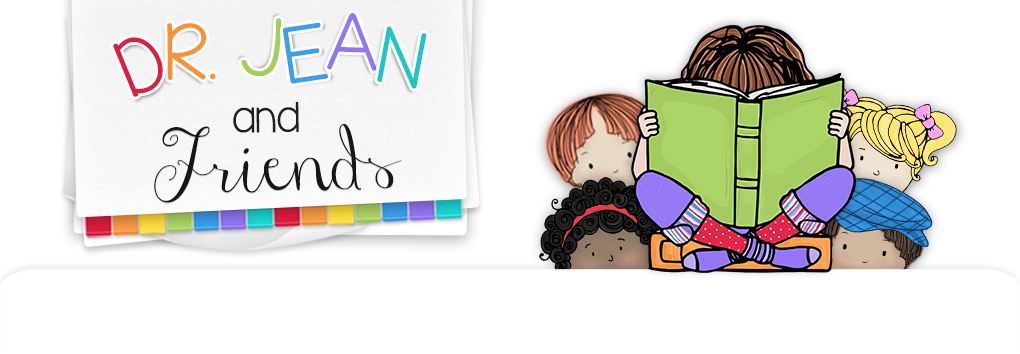Brad McKinney (Kindergarten Teacher at Severn Elementary) emailed this idea to me. I LOVE it!!! What a perfect way to end the school year!
Parents and Guardians,
Believe it or not, the school year is quickly coming to an end. During the last 26 days of school, our class will be participating in an ABC Countdown. Each school day will have a different activity related to the letter for that day. Your child may need to wear or bring something special on some days – those days are underlined. This sheet will help you and your child remember what day of the countdown we are on.
A
Monday, May 19
Animal Day
Bring your favorite stuffed animal to school
B
Tuesday, May 20
Bubble Day
We will be making and blowing bubbles
C
Wednesday, May 21
Card Game Day
Bring your favorite card game to play at school
DThursday, May 22
Dinosaur Day
We will be dinosaur detectives with Mr. D
E
Friday, May 23
Everybody dress like Mr. McKinney and celebrate his birthday!!!
F
Wednesday, May 28
Fruit Day
Bring your favorite fruit for snack today
G
Thursday, May 29
Going to Tanglewood and Harris Hill
Bring a packed lunch!
H
Friday, May 30
Hat Day
Wear your favorite hat to school
I
Monday, June 2
I’m going to the library and on an ABC Hunt
Meet your family member at Centennial Park at 11:15 for ABC Hunt on Market St.
J
Tuesday, June 3
Joke Day
Write down your favorite joke to share with class
K
Wednesday, June 4
Kick Off Your Shoes Day
You will be able to take your shoes off in class all day
L
Thursday, June 5
Leisure Day
We will relax outside with a book (weather permitting)
M
Friday, June 6
Memory Day
We will be writing about our favorite memories from kindergarten this year
N
Monday, June 9
Nature Day at the Binghamton Zoo – PAPR Trip
Bring packed lunch
O
Tuesday, June 10
Orange Day
Wear the color orange and bring an orange for snack
P
Wednesday, June 11
Pinkalicious Day
Wear as much pink as you can and participate in activities based on the book Pinkalicious!
Q
Thursday, June 12
Quiz Your Teacher Day
Bring your hardest question for Mr. McKinney to answer. See if you can stump him
R
Friday, June 13
Roadrunner Field Day
Field day games and activities outside with entire grade level
S
Monday, June 16
Sidewalk Art Day
We will be decorating a section of the sidewalk
T
Tuesday, June 17
Talent Show Day
Share your talent with the class
U
Wednesday, June 18
Used Book Day
Bring a used book you would like to donate to the class or library
V
Thursday, June 19
Veggie Day
Bring your favorite vegetable to share with class
W
Friday, June 20
Wishy Washy Day
Be prepared to get wet!
X
Monday, June 23
X-change Autographs Day
Make an autograph book and collect as many autographs as you can
Y
Tuesday, June 24
Year End Clearance
Bring a bag to gather all your items from the year
Z
Wednesday, June 25
Zoom Out of School Day
Last day of kindergarten





















































